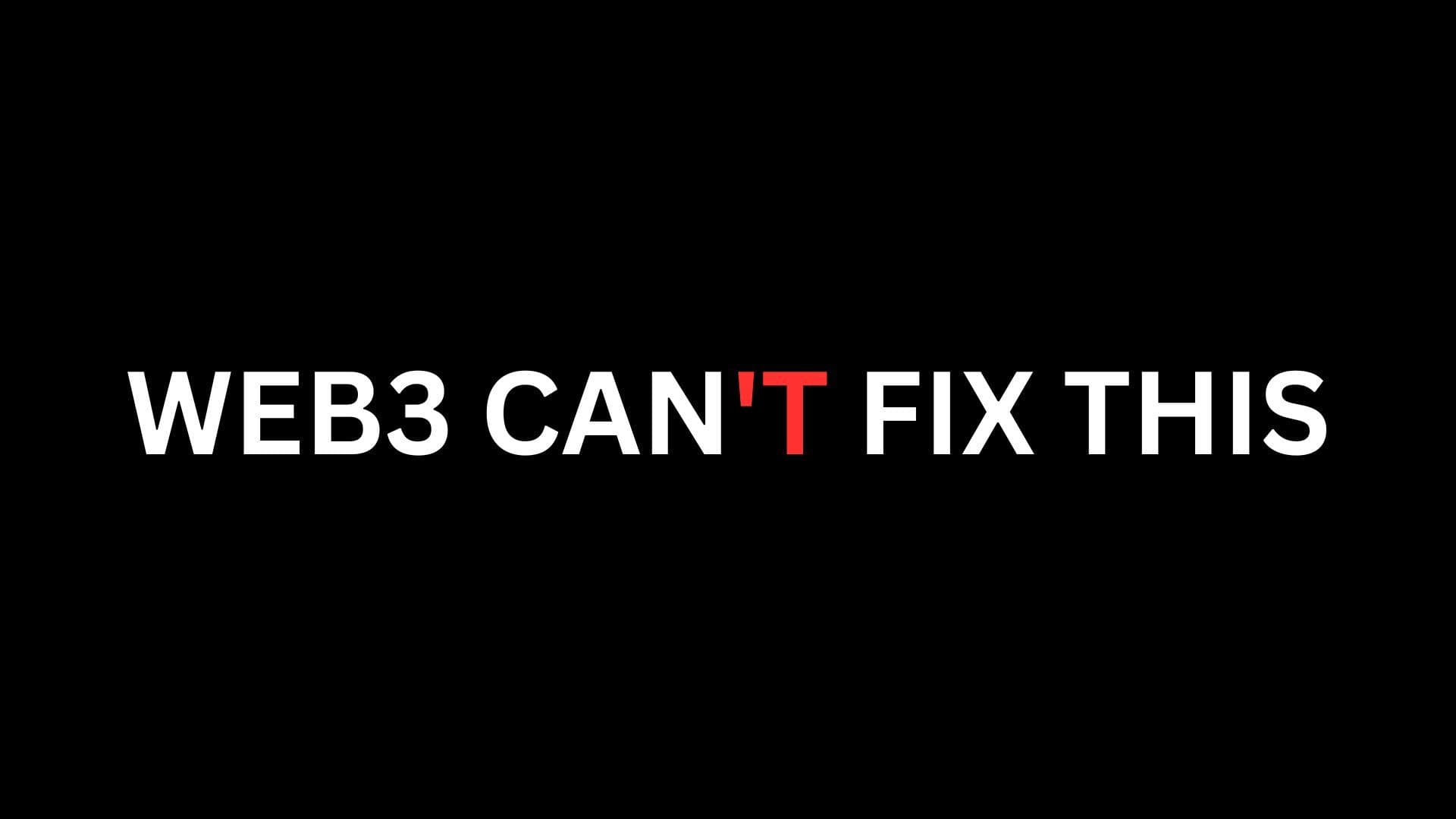In the gaming world, the recent ban on 40 CS:GO skin traders by Valve Corporation sparked a fervent debate on the management of digital assets. The incident stirred up a flurry of discussions with one recurring theme: "Web3 can fix this". However, we need to question if Web3, the touted remedy to centralized control, can indeed be the magic fix.
The Incident with Valve and its Aftermath
CS:GO, an online game developed by Valve Corporation, lets its players earn, trade, and hold digital skins that carry significant value. In an unexpected turn of events, Valve recently decided to ban 40 traders, freezing up nearly $2 million worth of digital assets. The incident triggered unrest in the community and raised questions about the apparent fairness and transparency of centralized gaming assets control.
web3 fixes this
— Mat (@MatDefies) June 28, 2023
The Web3 Promise and its Realities
Web3, or the decentralized web, is often lauded as the solution to the issues associated with centralized control. Enthusiasts speak of its underlying principles: transparency, immutability, and security. Transactions on the blockchain, the backbone of Web3, are visible to everyone, and changes are irreversible. However, does this mean a fully decentralized control is ensured?
In reality, while Web3 brings more transparency, it also exposes the weaknesses of the involved corporations. If the contract code is not open-source, or contracts have not been audited, it casts a shadow of doubt on the integrity and security of the platform. This transparency can turn into a double-edged sword, making systems more vulnerable to hacking due to the visibility of the code.
The Paradox of Smart Contracts
In the Web3 ecosystem, the role of admins is significant. They dictate the rules of smart contracts, determining the functionality of your Non-Fungible Tokens (NFTs). Moreover, these smart contracts are upgradeable. This means that they can be altered when admins deem it necessary, potentially leaving your digital assets at their mercy.
A case in point is the recent controversy stirred by Opensea, a popular NFT marketplace. Opensea restricted certain NFTs from being accessible on platforms they considered unsuitable, highlighting the illusion of complete control in Web3.
Web3: A Solution or a New Problem?
Web3 doesn't inherently provide a solution to issues like the Valve incident; it simply changes the landscape. While it offers transparency and immutability, it also introduces its own set of challenges. In the Web3 world, code is the law, not the community.
I’m not a smart contract dev hence my question… could a game say:
— apix🎮 (@apixtwts) June 29, 2023
„Hey we don’t like what you do, this NFT is not usable in our game anymore“
Similar to what Steam is doing? pic.twitter.com/d0DPdARTIr
The question remains: even if a company like Valve were to adopt Web3, would they act in the best interest of its users, or could there be a potential misuse of power?
The world of Web3 is not as straightforward as it might seem. While it can revolutionize digital asset management, it also presents its own challenges. Its effectiveness and trustworthiness depend largely on those who control it. Therefore, users must tread cautiously while navigating this new landscape. An honest founder of a web2 startup is better than a serial web3 rugger.


